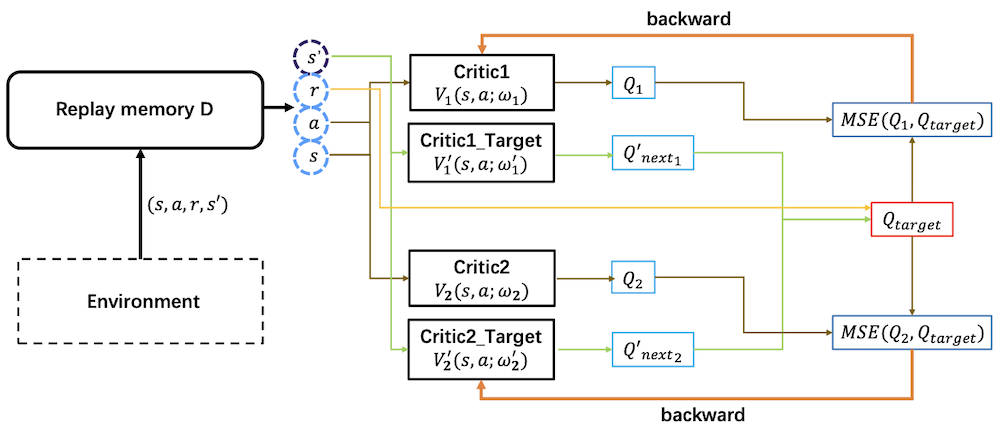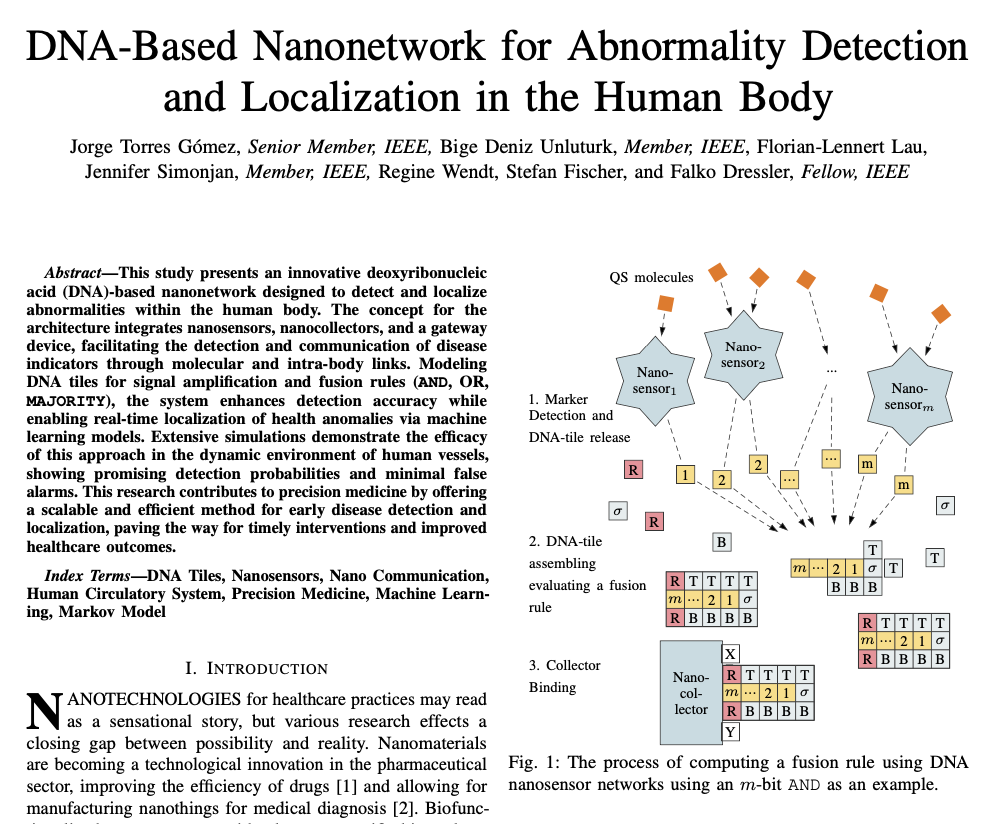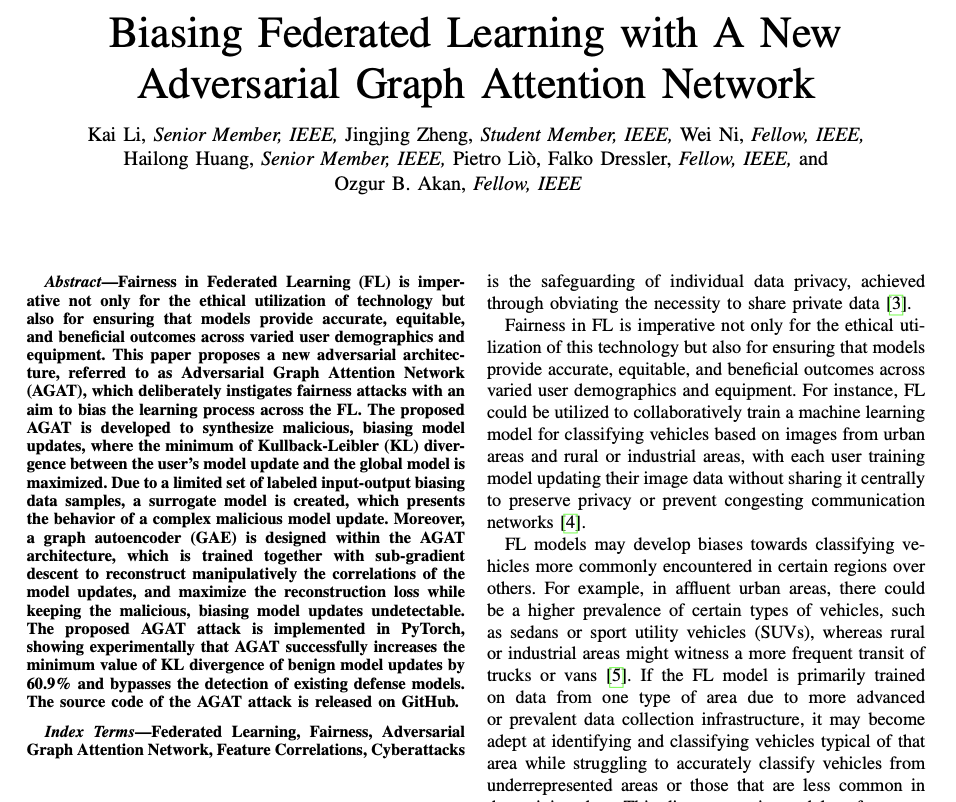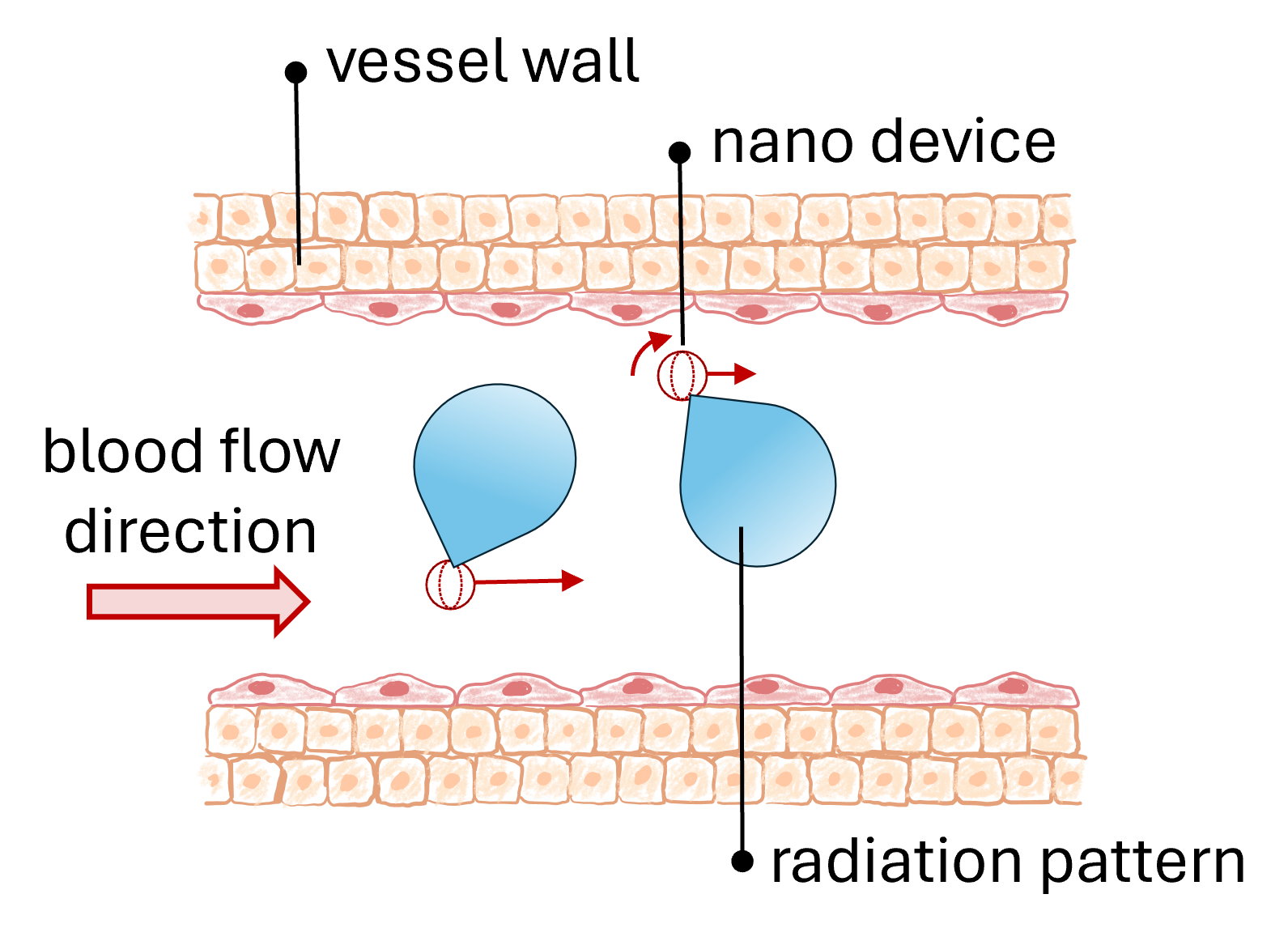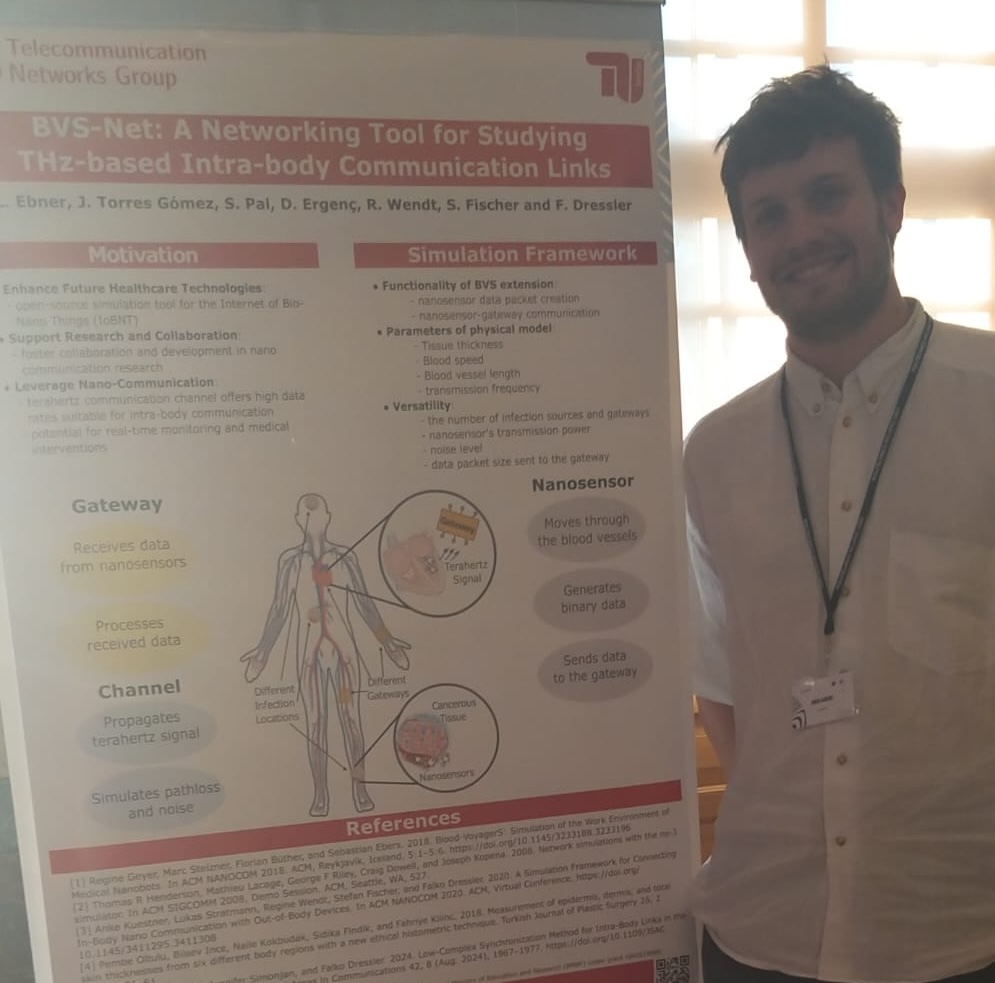Software

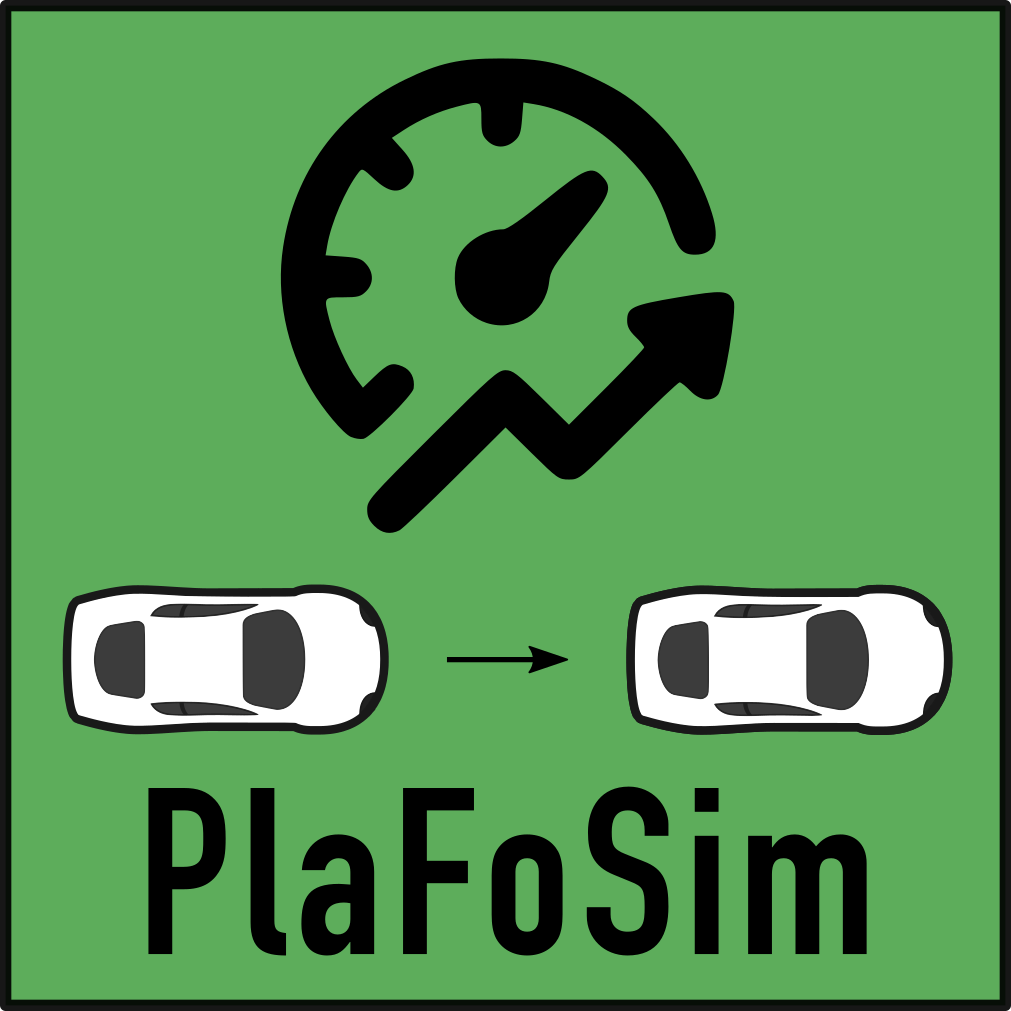 PlaFoSim – Scalable Simulation of Platoon Formation
PlaFoSim – Scalable Simulation of Platoon Formation
Platooning is one of the most challenging applications of Intelligent Transportation Systems (ITS). While the microscopic control of vehicles in a platoon can already be simulated quite accurately, the scalable simulation of maneuvers and platoon formation is still challenging. To bridge this gap, we propose PlaFoSim, a tool for simulation of platoon formation in large-scale freeway scenarios. PlaFoSim aims to facilitate and accelerate the research of platoon maneuvers and formation - new algorithms can easily be integrated using Python modules.
Contact: Julian Heinovski Pogona – Simulation of Macroscopic Molecular Communication
Pogona – Simulation of Macroscopic Molecular Communication
The Pogona simulator has been developed as part of a research project funded by the German Ministry of Education and Research (BMBF) on macroscopic molecular communication. The underlying idea is to use a computational fluid dynamics (CFD) simulator to pre-compute a vector field. Pogona then reads this vector field and simulates the movement of particles by making the particles follow the flow speed vectors.
Contact: Lukas Stratmann Veins Gym
Veins Gym
Veins-Gym exports Veins simulations as Open AI Gyms. This enables the application of Reinforcement Learning algorithms to solve problems in the VANET domain, in particular popular frameworks such as Tensorflow or PyTorch.
Contact: Dominik S. Buse, Max Schettler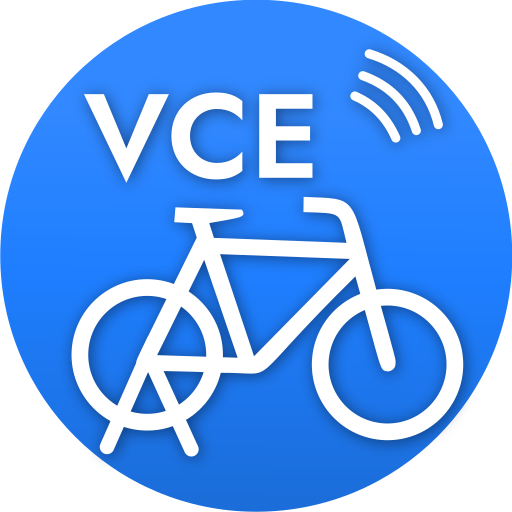 Virtual Cycling Environment (VCE)
Virtual Cycling Environment (VCE)
The Virtual Cycling Environment (VCE) allows cyclists to ride a virtual bicycle in a 3D virtual reality environment by interacting with a physical bicycle on a training stand. Foreign traffic (i.e., cars) and wireless networking are provided by the specialized simulators SUMO and Veins, respectively. The physical bike simulator is then coupled via the Ego-Vehicle Interface (EVI) to this simulation platform.
Contact: Lukas Stratmann Veins VLC
Veins VLC
Veins VLC extends the popular vehicular networking simulator Veins with the capability to simulate Vehicular Visible Light Communication (V-VLC) algonside the default IEEE 802.11p communication. The headlight and taillight path loss models provided by Veins VLC are based on real-world emprirical measurements allowing realistic simulation of V-VLC.
Contact: Agon Memedi FOT Box
FOT Box
FOT Box is an Open Source prototyping system to measure wireless channel metrics of up to IEEE 802.11ad 60 GHz based communications. FOT Box is building upon the well established and Open Source development platform OpenWRT to provide optimal extensibility.
Contact: Florian Klingler LAN Radio
LAN Radio
LAN Radio is an Open Source prototyping system to couple simulation and real world for the wireless channel of IEEE 802.11p based communication. LAN Radio is building upon the well established and Open Source development platform OpenWRT to provide optimal extensibility.
Contact: Florian Klingler OpenC2X
OpenC2X
OpenC2X is one of the first complete Open Source experimental and prototyping platform for vehicular networking solutions. Our system supports most of the ETSI ITS-G5 features and runs on standard Linux.
Contact: Dr. Florian Klingler Plexe - The Platooning Extension for Veins
Plexe - The Platooning Extension for Veins
Plexe is an extension of the popular Veins vehicular network simulator which permits the realistic simulation of platooning (i.e., automated car-following) systems. It features realistic vehicle dynamics and several cruise control models, permitting the analysis of control systems, large-scale and mixed scenario, as well as networking protocols and cooperative maneuvers.
Contact: Michele Segata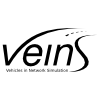 Veins - Vehicles in Network Simulation
Veins - Vehicles in Network Simulation
Veins is an open source Inter-Vehicular Communication (IVC) simulation framework composed of an event-based network simulator and a road traffic microsimulation model. Based on a bi-directional coupling, not only the influence of road traffic on network traffic can be modeled, but also vice versa. In particular, the influences of IVC on road traffic can be modeled and complex interactions between both domains examined.
Contact: Christoph Sommer Veins LTE
Veins LTE
Veins LTE allows to simulate heterogeneous vehicular networks in a single open-source framework. Based on Veins, INET and SimuLTE it enables the simulation of IEEE 802.11p, Wi-Fi and LTE.
Contact: Florian Hagenauer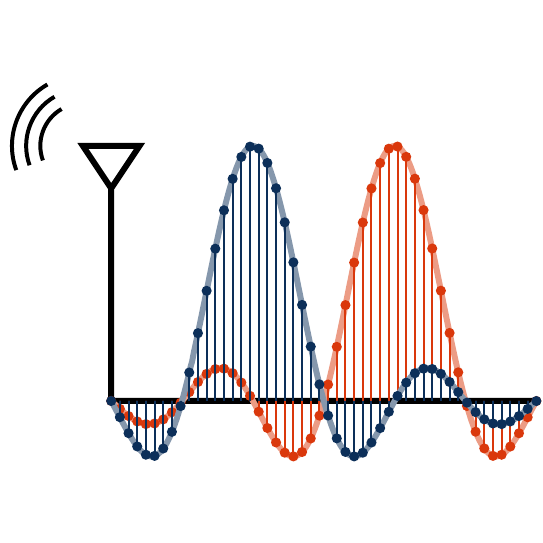 gr-ieee802-11
gr-ieee802-11
A Software Defined Radio based OFDM transceiver for IEEE 802.11a/g/p networks that supports all modulation and coding schemes and runs completely on the PC without any modifications to the FPGA. The transceiver is based on GNU Radio and interoperable with IEEE 802.11p prototypes and commercial WiFi cards.
Contact: Bastian Bloessl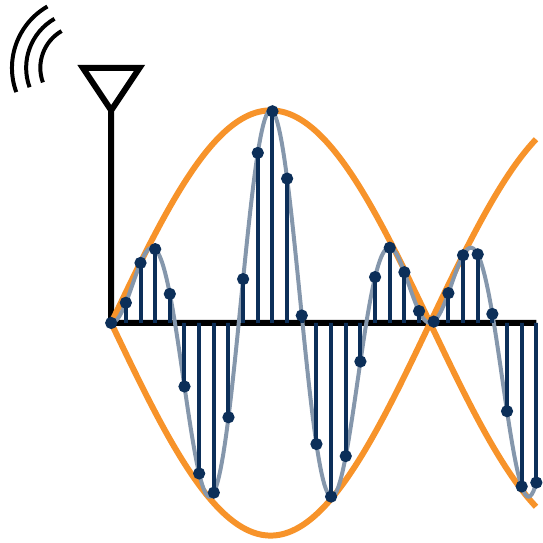 gr-ieee802-15-4
gr-ieee802-15-4
An IEEE 802.15.4 transceiver for GNU Radio.
Contact: Bastian Bloessl
Last modified: $Id: index.shtml 7922 2021-11-16 11:25:57Z heinovski $

